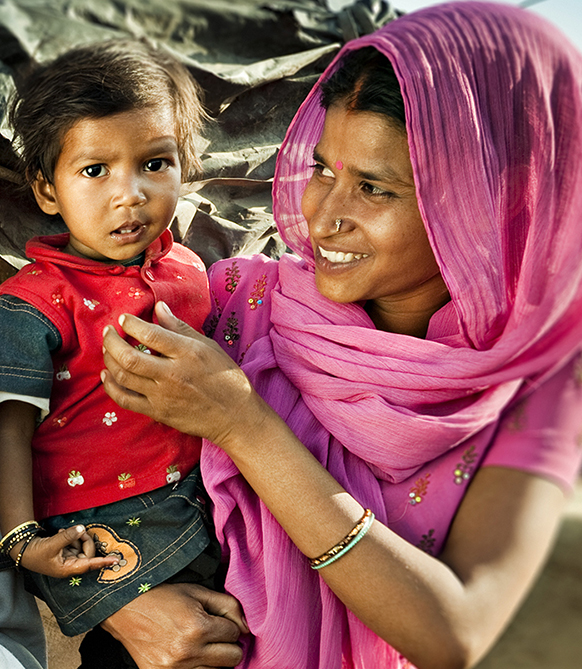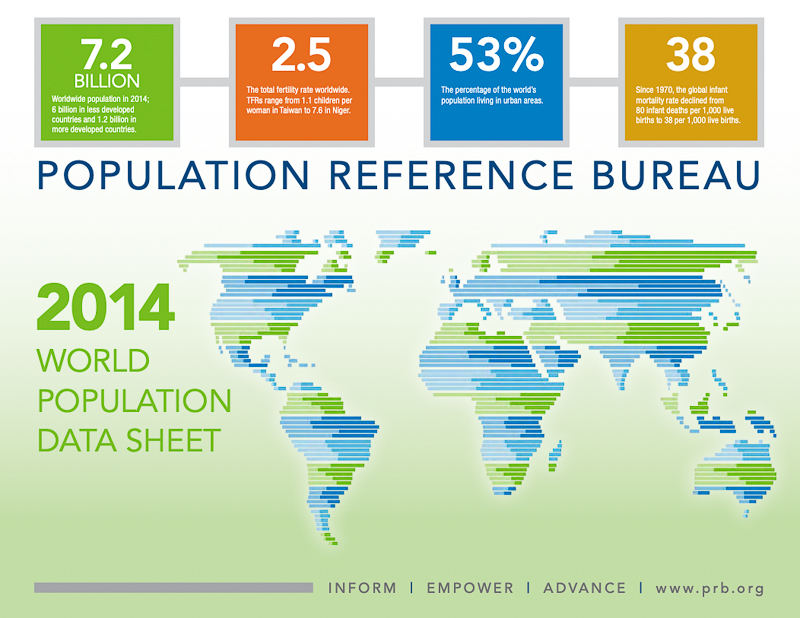Diverse Factors Linked to Maternal Deaths in Zambia
(2003) Poor access to health facilities and low-quality health care delivery may be among the reasons that Zambia is facing increasing levels of maternal deaths.
(2003) Poor access to health facilities and low-quality health care delivery may be among the reasons that Zambia is facing increasing levels of maternal deaths.

Project: PACE: Policy, Advocacy, and Communication Enhanced for Population and Reproductive Health
A country’s age structure is primarily driven by its past fertility trends, which have important economic, social, and political implications.
HIV/AIDS emerged in the late 20th century. Believed to have originated in Africa, the disease has spread worldwide. Occurrence of HIV/AIDS and primary means of diffusion vary among regions. Because of the social and economic impacts of this disease, students should have a good understanding of the patterns and processes that define the spread of the disease.
Project: IDEA: Informing Decisionmakers to Act
PRB’s World Population Data Sheet is an annual report on the world’s demographic, health, and environmental progress and challenges.

Project: PACE: Policy, Advocacy, and Communication Enhanced for Population and Reproductive Health
PRB’s World Population Data Sheet is an annual report on the world’s demographic, health, and environmental progress and challenges.

Project: Supporting Population Evidence and Champions in Africa (SPEC)
Ethiopia, with a current population of about 100 million, has achieved gains in several major health indicators.
(2010) On Aug. 29, 2005, Hurricane Katrina made landfall as a Category 3 storm near the Louisiana-Mississippi border. Less than one month later, on Sept. 24, 2005, Hurricane Rita slammed into the Louisiana-Texas border.

Over 450 U.S. counties would have lost population between 2023 and 2024 without immigration, according to an analysis of new data from the U.S. Census Bureau.